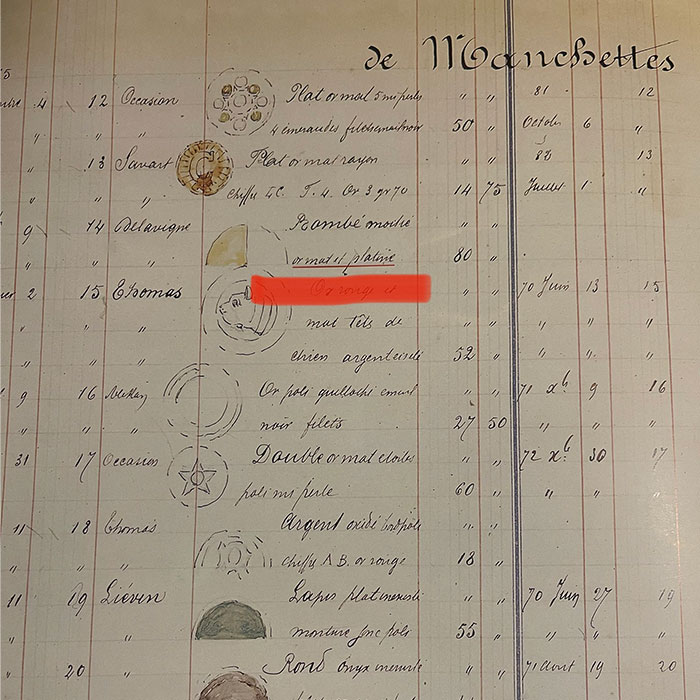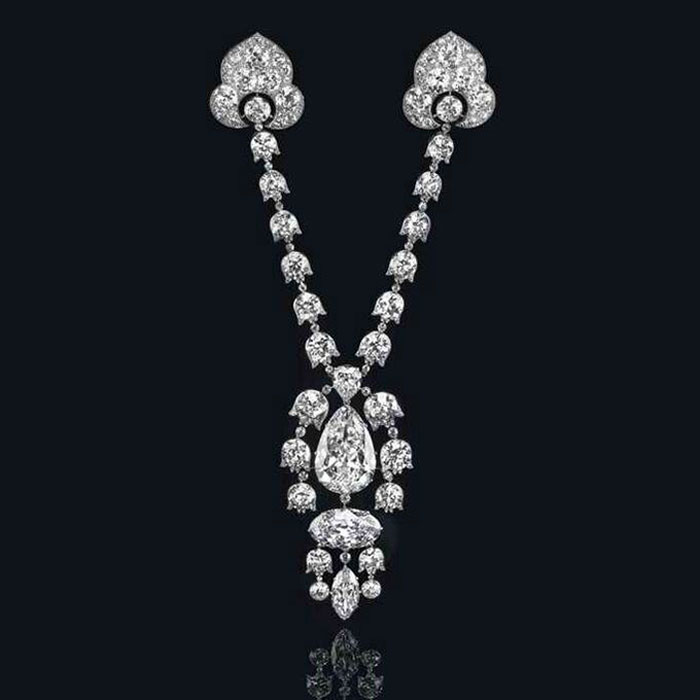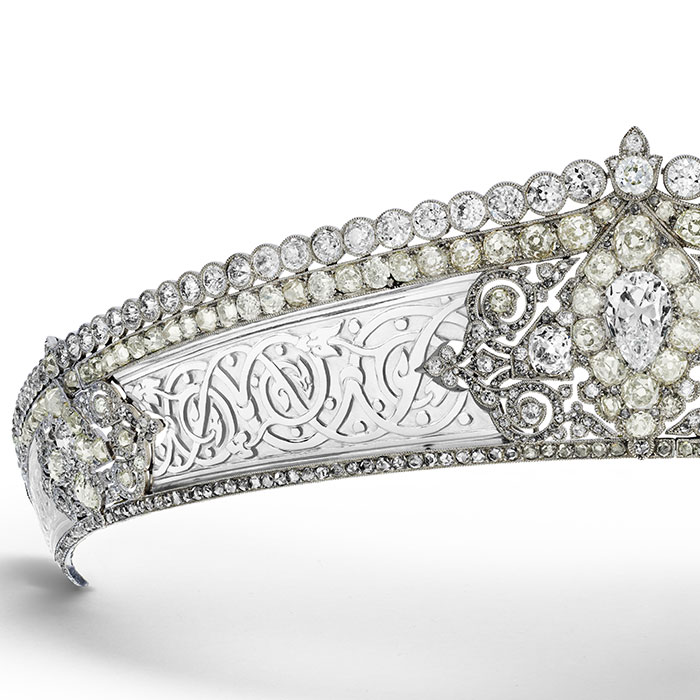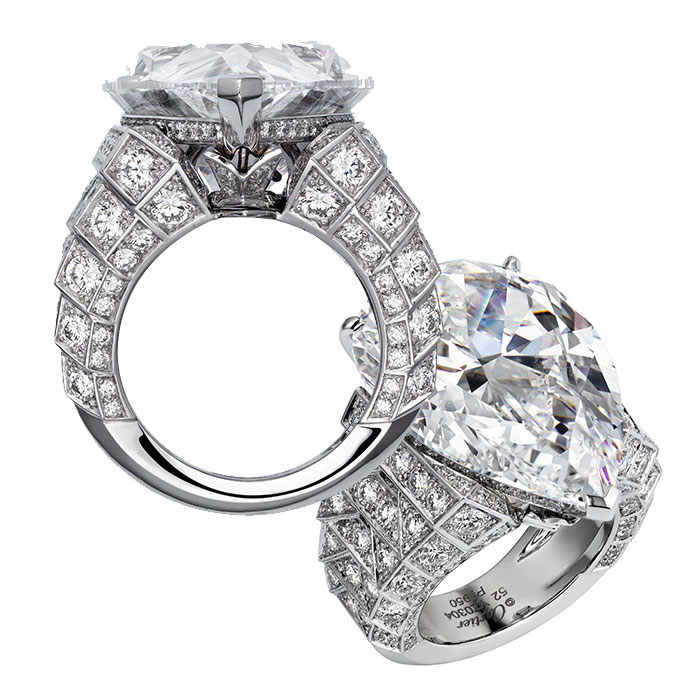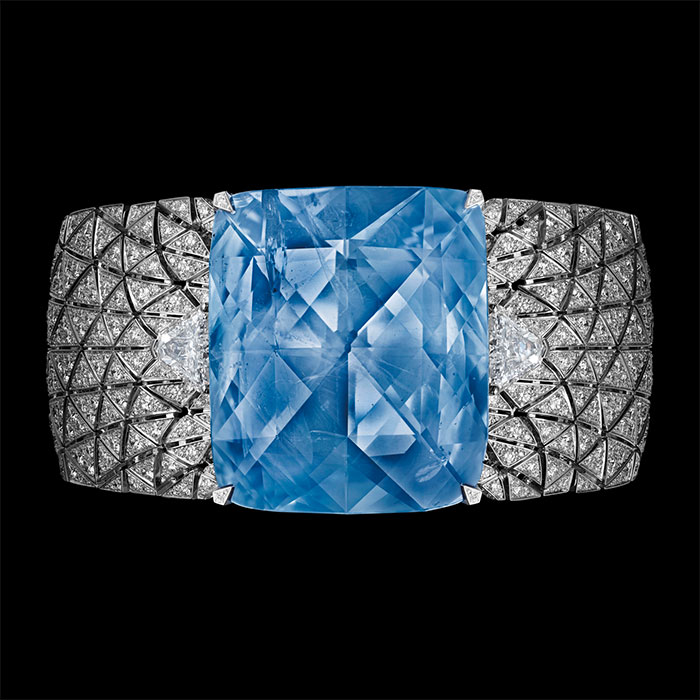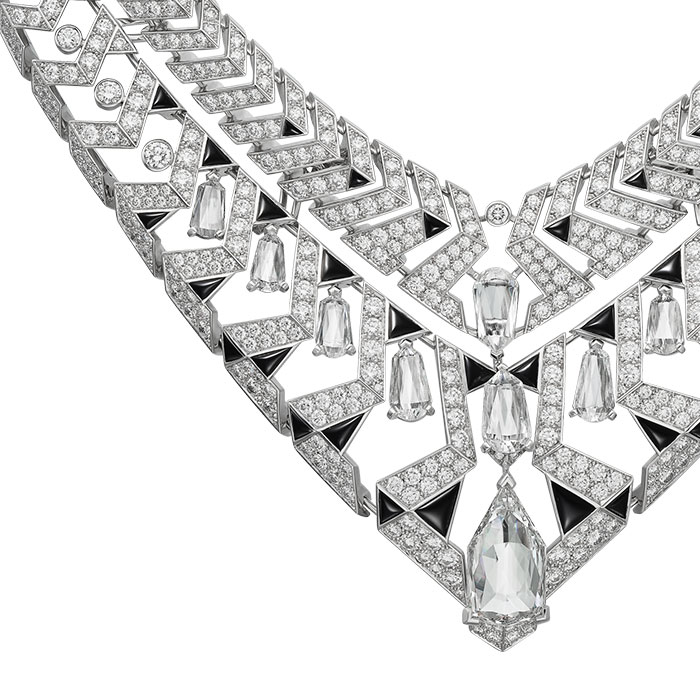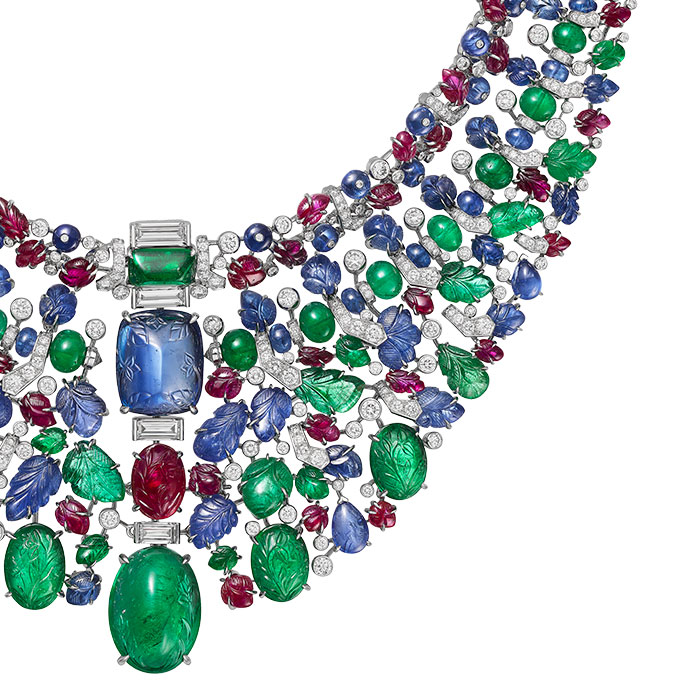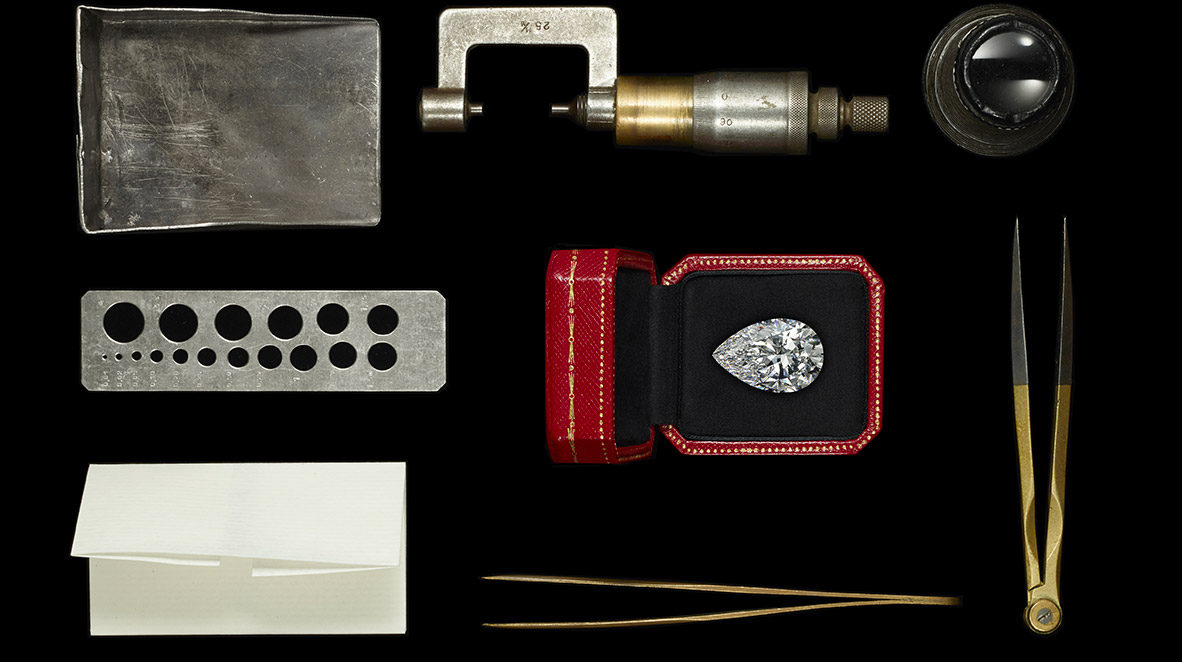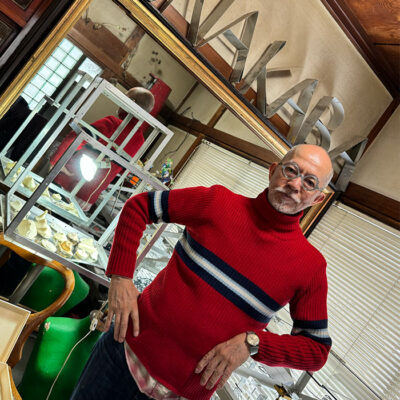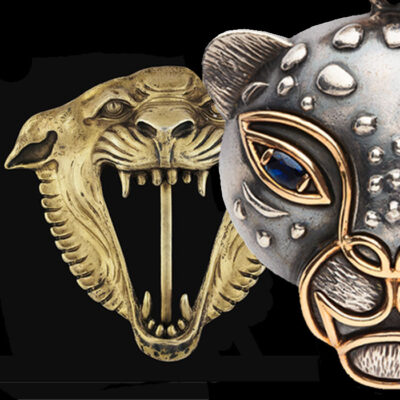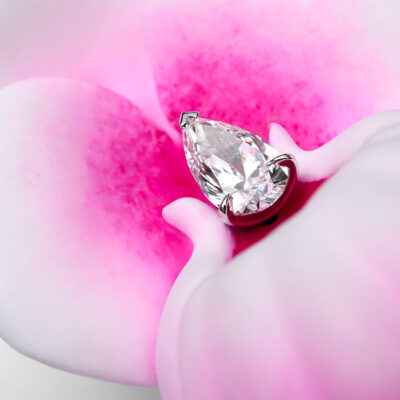Style
18 June 2023
Share
How Cartier’s love of gemstones led to platinum
At the beginning of the 20th century, Cartier developed platinum to enhance its exceptional diamonds, a revolution that would have lasting consequences on the jewelry industry.
By Sandrine Merle.
It is often said that Cartier invented platinum. More precisely, it was Louis Cartier who introduced and developed it in jewelry out of a love for gemstones. In 1900, this young man, passionate about science and technology, was aware of all the innovations of his time. He discovered this metal that could enhance diamonds. As a conscientious jeweler, he wanted to improve the settings that were still made of silver, a metal with two major disadvantages: it tarnished upon contact with the skin (which is why it is often plated with yellow gold), and it was soft, and thus easily deformable. To avoid the risk of losing diamonds, the jeweler had to compensate with very thick settings that often covered them partially. As a result, light couldn’t pass through them and make them sparkle.
From industry to jewelry
In Ecuador, artisans crafted the first platinum jewelry as early as the 1st century AD. In Europe, this metal was only discovered in the second half of the 18th century, and it was difficult to work with because it was very hard. In 1900, platinum played a primarily industrial role. “It was only after studying the springs and frames of sleeping cars that we managed to adapt the metal to our needs,” Louis Cartier recounts (in The Cartiers by Francesca Cartier Brickell). He even went so far as to buy platinum directly from the Urals in Russia, the only country extracting it, to achieve his goal: holding diamonds in place with just a few wires. They seemed to float in the air, placed directly on the skin, or sewn onto the fabric of a dress. Dazzling and solitary, they formed delicate interlacing patterns, knots, flowers, and leaves inspired by motifs from the 18th century. It was totally unprecedented at the time.
The most aristocratic of metals
Princes, kings, and heiresses didn’t wait for the government to grant precious status to this new metal in 1912 (along with the master stamp featuring a dog’s head) to follow the young and audacious Louis Cartier. Fascinated by the effects achieved with diamonds, they quickly commissioned him to create diadems, dress ornaments, and other marvels. Among the most beautiful pieces was a rock crystal diadem that seemed to have been sculpted from light. In 1903, the financier S.B. Joel entrusted Louis Cartier with his 24-carat diamond, which became the centerpiece of a brooch recently exhibited at the Musée des Arts Décoratifs. Held in place by micro-platinum claws, it sparkled; it was all you could see. All the other jewelry houses followed this trend.
Platinum and the Guirlande Style
Thanks to this new precious metal, Louis Cartier could express his genius and catalyze a major creative evolution: the sublime white perfection of the Guirlande style. The introduction of colored gemstones in the 1920s didn’t mark the end of platinum; on the contrary, it was perfectly suited to colored stones such as jade, carnelian, turquoise, lapis lazuli, as it would warm up against their touch. With its very thin wires, it allowed for the creation of complex lines in incredibly lightweight jewelry. However, this rare metal (still found only in the Urals) was very expensive, and it quickly faced competition from more accessible white gold (an alloy of gold and silver) developed by a German goldsmith. The platinum fever definitively declined during World War II when warring countries requisitioned it for industrial purposes. It then became reserved for exceptional pieces.
Today, Cartier continues to create exceptional platinum pieces adorned with mythical gemstones like the “Romanov” sapphire or composed of diamonds of absolute purity. In the latest high jewelry collection, “Le Voyage Recommencé,” the brand presented several pieces, including a remarkable “Tutti Frutti” necklace. Although it is now cheaper than gold, whose price has skyrocketed, platinum remains the metal of excellence, the one associated with all superlatives: the rarest (30 times rarer than gold), the whitest, the most brilliant, the most aristocratic. The most resistant, but above all, it remains the one and only to invoke eternity.



